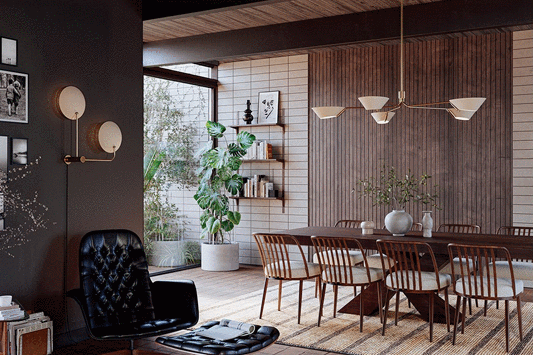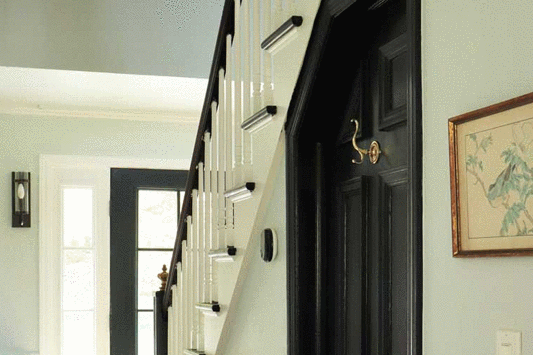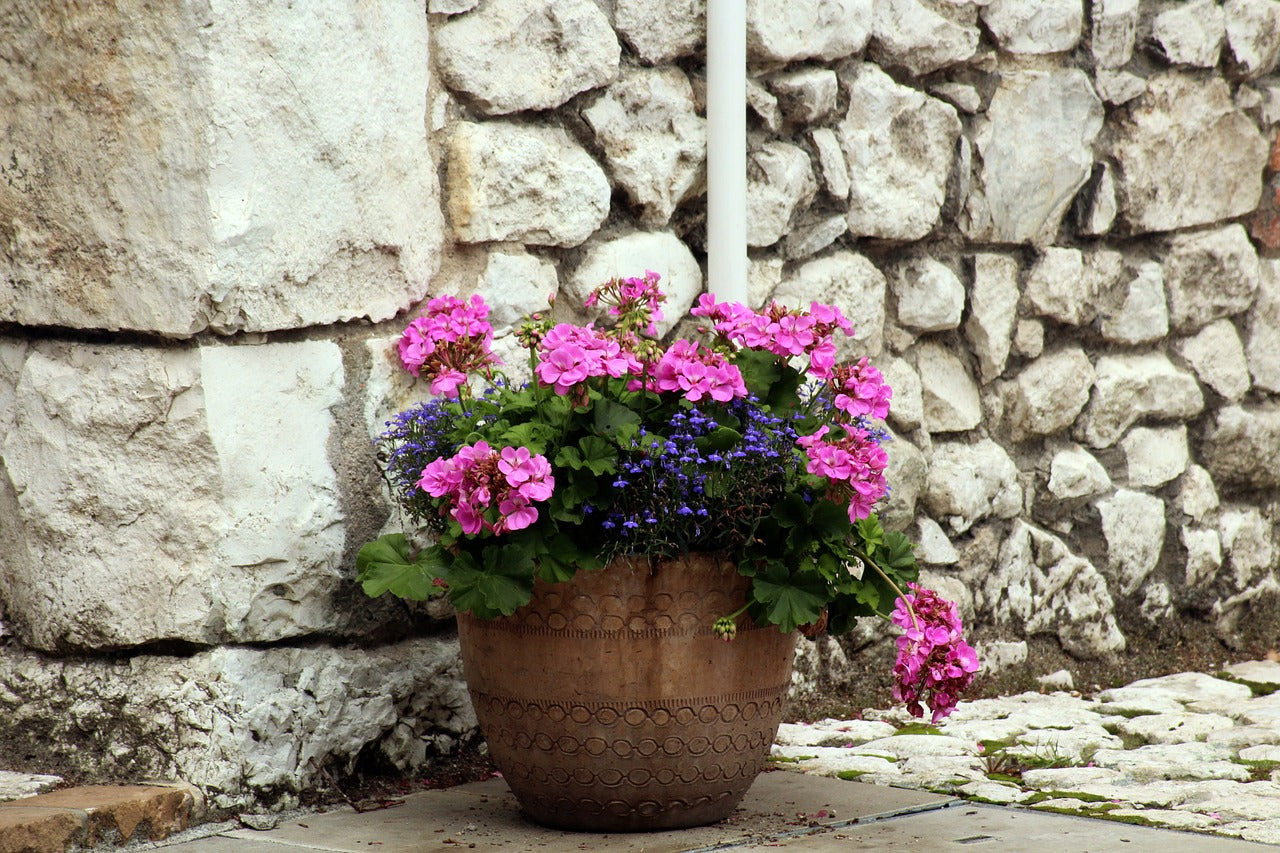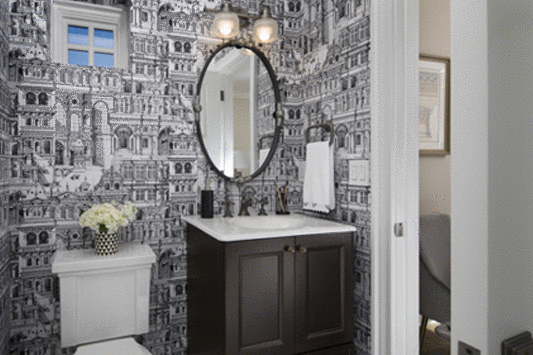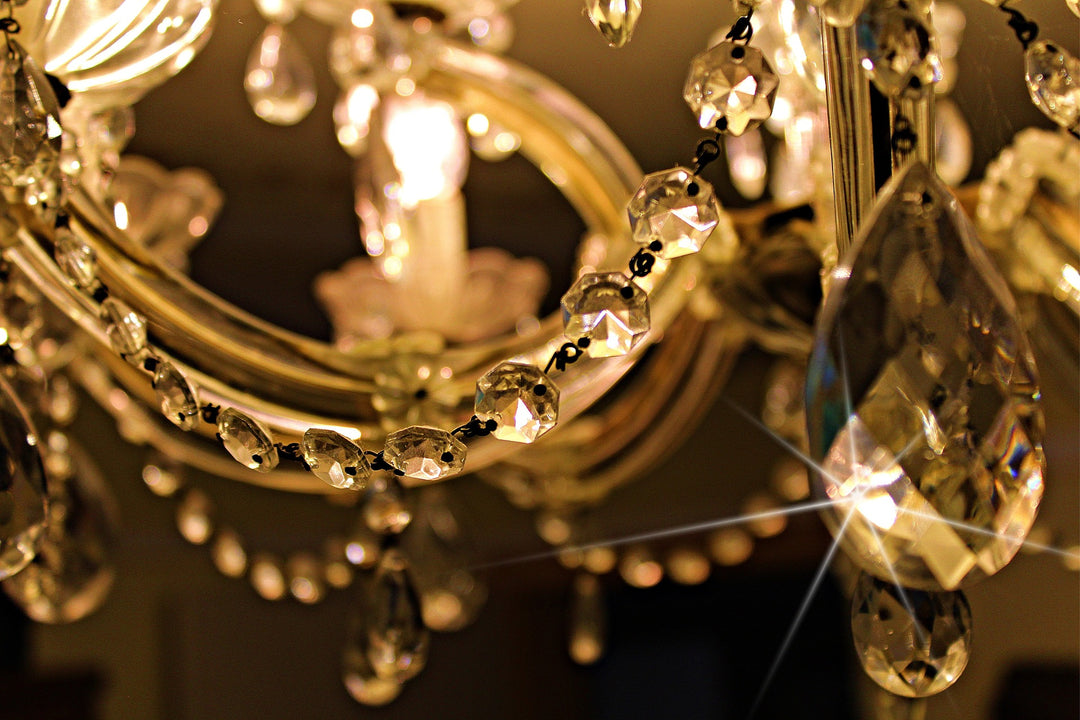Richardson Romanesque Architecture
The Richardson Romanesque style is a unique style of architecture that emerged in the late 19th and early 20th centuries in North America. This architectural style was named after its pioneer, Henry Hobson Richardson (1838-1886), an American architect based in Boston. Richardson Romanesque style architecture is characterized by its bold, rugged masonry, its semi-circular arches, its massive columns, its intricate detailing, and its grand entrances that often feature heavily carved doors and ornamentation. This style of architecture was popular in the United States and Canada from the 1870s to the 1890s, but its influence has been felt well into the 20th century.

The Origins of Richardson Romanesque Style Architecture:
In the mid-19th century, there was a growing interest in reviving the styles of medieval European architecture which had fallen out of fashion during the Renaissance. This trend was known as the Gothic Revival, and it inspired many architects to design buildings that resembled the great cathedrals and castles of Europe. However, by the 1870s, some architects began to look beyond the Gothic Revival and seek inspiration from other historical styles. Henry Hobson Richardson was one of these architects. Richardson was born in Louisiana in 1838 and trained in Paris, where he became fascinated by the ancient Romanesque style of architecture.
Romanesque architecture was a style that emerged in Europe in the 9th century and continued until the end of the 12th century. It was characterized by its use of rounded arches, barrel and groin vaults, and thick, sturdy walls. Richardson saw the potential for adapting this style to American architecture, where the climate and materials differed from those of Europe.
Richardson's early work was characterized by a fusion of Gothic and Romanesque elements, but by the 1870s, he began to develop his own unique style that drew heavily on Romanesque precedents. He believed that the Romanesque style was well-suited to the American landscape, as it emphasized solidity, durability, and a sense of permanence that was lacking in the ornate Gothic Revival. Richardson's buildings were also designed to be functional, with a focus on providing ample space and light for their occupants. His buildings were often described as "monumental," a term that reflected their grand scale and impressive presence.

The Characteristics of Richardson Romanesque Style Architecture:
Richardson Romanesque style architecture is characterized by its use of heavy, rough-cut stone masonry, often laid in irregular patterns. The masonry was typically left unfinished or given a rough texture to accentuate its natural beauty. The stone was used to create massive walls, columns, and arches that conveyed a sense of permanence and strength. One of the most distinctive features of Richardson Romanesque style architecture is its use of semi-circular arches. These arches were used to create portals, in which monumental entrances were often incorporated with multiple arches on top of each other. These entrances were often marked by elaborate ornamentation, including carvings of animals, mythological creatures, and foliage.
The buildings designed in this style are typically horizontal in appearance, with a massiveness that is emphasized by the use of towers, pierced by windows. The tower was an essential element of the style, and it was often used to mark the main entrance to the building. The roofs were often made of decorative tile, reinforced with steel or iron, and were typically splayed, that is, sloped outwards. This was done to allow for more light and air to be brought into the building, as well as to provide a sense of visual balance. The interiors of these buildings featured high ceilings, massive columns, and deep-set windows. These elements were designed to create a sense of spaciousness and lightness, while simultaneously providing a sense of grandeur and solidity.

The Legacy of Richardson Romanesque Style Architecture:
Richardson's style was popular with some of the most prominent architects of the late 19th and early 20th centuries. After his death, his work inspired a new generation of architects who continued to use the Romanesque elements in their own buildings. One of the most famous examples of Richardson Romanesque style architecture is Trinity Church in Boston, Massachusetts, which was completed in 1877. The building features many of the style's defining elements, including massive stone masonry, semi-circular arches, and elaborately carved entrances. Trinity Church also incorporated many of Richardson's innovations, including the use of a steel frame to support the building's massive stone walls.
Another example of Richardson Romanesque style architecture is the Marshall Field Wholesale Store in Chicago. This building, completed in 1887, features a grand entrance composed of multiple arches, deep-set windows, and a massive tower that marks the entrance. The building's interior is characterized by its high ceilings, massive columns, and deep-set windows that provide ample natural light. In addition to these well-known examples, Richardson's style has influenced countless other buildings throughout North America. His emphasis on a sense of solid permanence, combined with a practical approach to design, made his style well-suited to the needs of many different types of buildings. This is reflected in the variety of structures that have been built in the Richardson Romanesque style, including schools, libraries, churches, and government buildings.

The Richardson Romanesque style is a unique and distinctive style of architecture that emerged in the late 19th and early 20th centuries. Its origins lay in Henry Hobson Richardson's fascination with the ancient Romanesque style of architecture, which he adapted to suit the needs of American buildings. Richardson's style emphasized solid, durable materials, semi-circular arches, and grand entrances that were often heavily ornamented. His buildings were designed to be functional, with a focus on providing ample space and light for their occupants. Richardson's work was highly influential, inspiring a new generation of architects who continued to use the Romanesque elements in their own buildings. His style remains popular to this day, as it continues to provide a sense of solidity and grandeur that is well-suited to many different types of buildings. The legacy of the Richardson Romanesque style is a testament to the enduring power of good design, and its influence can still be felt in buildings throughout North America.



